Introduction of False Ceiling
Important Point
- The ceiling is the first thing which a person noticed whenever we entered the room. The Trend of Flat slabs in our home is fallen and nowadays there is a great demand for False Ceiling for the interior of the home.
- False ceiling is basically an Artificial roof which is made up of different types of materials and widely used in the rooms to increase its appearance. A false ceiling becomes an integral part of home construction.
- It is a dream of every person to construct their own house which has a high quality interior design. Nowadays the craze towards the Interiors and the false ceiling is increased.
- A good false ceiling will create a great impression and helps to increase the aesthetical beauty of the home and make it worth living.
- False ceiling is one of the most important parts of your house which helps to improve the aesthetical value of the structure. There are various types of false ceilings are available in the market but it is very difficult to choose the best and budget-friendly false ceiling.
- Due to lack of knowledge, people do not know how to choose the best false ceiling at the affordable price. If you are planning to install the false ceiling in your home then you are at the right place.
- In this article, you will get to know all about the false ceiling and the types in the false ceiling with its suitability and price.
- After reading this article, you will be able to take a proper decision to choose the best false ceiling for your house.
Also, Read: What Is Falsework | Types of Falsework |Causes of Falsework Failures
What Is False Ceiling?
- There are two types of ceilings, primary and secondary ceilings. The primary ceiling is a roof structure and the secondary ceiling is a false ceiling.
- The false ceiling is a special type of ceiling which is fitted just below to the slab or original ceiling of the structure. False ceilings are asking known as the suspended ceiling.
- False ceiling is a second layer of the roof which is installed just below to the slab with the help of a metal or the wooden frame.
- The false ceiling is hung or fixed in the structured framework which is made up of aluminium or galvanized iron or a wooden section.
- The false ceiling is made up of different types of materials such as plaster of Paris, plywood, Gypsum board and PVC sheets etc. There are various types of false ceilings are available in the market with different designs.
Also, Read: What Is Chicken Mesh for Plaster | Type of Chicken Mesh for Plaster | Why Use Chicken Mesh for Plaster
Why We Need False Ceiling?
- Today Interior decor of the home is a need. It will help to improve the aesthetical beauty of the home. False ceiling plays a vital role in increasing the Aesthetical value of the room.
- A false ceiling provides a neat, clean and uniform look which is very pleasing. False ceilings are widely used in the corporate offices because it gives aesthetical beauty and provides a rich quality environment which will increase your work efficiency.
- If the False ceilings are not provided then the lights are fixed on the walls due to which their many electric wiring works are done on the walls which do not give a good look to the room.
- There are many electric wirings are clattered in the room which is not good as per as the safety is concerned. The false ceiling will hide all these electric wirings and gives an attractive look to the room.
- There are also some unwanted Structural elements such as beams whose some part is under the roof which does not give a good look. False ceiling helps to hide all these unwanted elements of the room and provide a uniform and clean look to the room.
- The false ceiling is widely used in the room where sound resistance is necessary such as meeting rooms, conference rooms and seminar halls etc.
Also, Read: Rate Analysis of Plastering Calculator | What is Rate analysis of Plaster | How to Use Calculator
Types in False Ceilings
The choice of the type of false ceiling depends upon your requirement and design which suits your interior. The different types of false ceilings are as follows.
- POP False Ceiling
- Gypsum False Ceiling
- Wooden False Ceiling
- PVC False Ceiling
- Metal False Ceiling
#1. POP (Plaster of Paris) False Ceiling
- Plaster of Paris false ceiling is a commonly used type of false ceiling.
- These ceilings are made with the help of POP powder and manufactured as a dry powder and mixed with the water to form a paste.
- The main advantage of using plaster of Paris false ceiling is that it is highly durable and can sustain without any wear and tear. With the POP any type of ceiling design can be made.
- There are chances of developing cracks in the plaster of Paris false ceiling. POP ceilings are the best for enhancing light conditions.
Also, Read: Definition Related for Plastering Work | Tools For Plastering | Preparation of Background for Plastering
#2. Gypsum False Ceiling
- Gypsum ceilings are made up of hydrated Calcium sulphate and make the material very hard and flexible.
- Gypsum false ceilings are lightweight and easy to install. The various types of gypsum boards are available for the construction of a false ceiling.
- The false ceiling of Gypsum board is available with the different sizes which are widely used in the commercial areas.
- The Gypsum false ceilings are widely used because of its sound insulation and the fire resistance properties. Gypsum is available in different colours such as white, brown, yellow, grey and red etc.
- Gypsum is a flexible material so that it can be mould into the different shapes such as curved, circular and stepped.
Also, Read: What Is Gypsum Plaster | Advantage and Disadvantage of Gypsum Plaster
#3. Wooden False Ceiling
- Wooden false ceilings are commonly used because of its natural texture and design. The wooden false ceiling gives the nature design look.
- The wooden false ceilings are best suitable when there are wooden beams that are used in the construction. Wooden false ceilings are the best ceiling which gives the natural look to the room.
#4. PVC False Ceiling
- PVC is polyvinyl chloride (PVC) is an ideal plastic material for the construction of a false ceiling.
- There are two types of PVC False Ceilings are available which are flexible false ceiling and solid false ceilings.
- The PVC panels are very quick and easy to install. The PVC False ceilings are very easy to install, light in weight and mostly used in the Bedrooms and kitchen rooms.
Also, Read: Different Types of Plumbing Pipes for Different Use
#5. Metal False Ceiling
- There are different types of metals are used in the false ceiling such as aluminium and galvanized iron. The Metal false ceiling is easy to install and durable.
- Metal false ceiling can be easily remote wale ever the maintenance is required.
Also, Read: 10 Best Steel Brand for House Construction in India
Advantages of False Ceiling
The various advantages of installing false ceiling are as follows
- False ceiling helps to increase the aesthetical beauty of the interior of the structure.
- The false ceiling help to hide the electric wiring, ductwork and pipes.
- False ceiling has a good acoustic and sound absorption
- The false ceiling provides the best Thermal Insulation which will help to maintain the temperature difference of exterior and interior of the room. It will help to reduce the excessive heat in the room.
- It helps to increase the lighting effect of the ceiling.
- The installation process of the false ceiling is very easy.
- The false ceiling will also help to improve the efficiency of the air conditioning in the room.
- The false ceiling will reflect more light and help to reduce the cost of lighting and electricity.
Also, Read: What Is RQD | Advantages of Rock Quality Designation | Limitations of Rock Quality Designation (RQD)
Disadvantages of False Ceiling
The disadvantages of the false ceiling are as follows
- There may be chances of sagging in case of the false ceiling is not properly installed.
- There may be a risk of falling false ceiling in case of the natural calamities such as Earthquake.
- The false ceiling may absorb moisture if the nearby roof or wall is damp.
- The false ceiling reduces the height of the room.
- The false may sometimes undergo the termite attack.
False Ceiling Installation Steps by Step
Here is the step by step procedure for the installation of false ceiling
- First upon all the measurement of the ceiling are taken such as length and width and the height of the ceiling to wall.
- Before the installation of the false ceiling, all the electric wiring work is to be done.
- Then marking procedure is done as per the selected type of false ceiling. The different points are marked with respect to the primary ceiling.
- After that, the hooks and the frame structure of the metal or wood are fixed.
- The frame structure of steel or Aluminium is fixed on the primary sealing which acts as a base foundation for the installation of a false ceiling.
- The false ceiling sections are then installed on the
- If the false ceiling is made up of plaster of Paris when different shapes are moulded as per the requirement.
- The different sections of the boards which are used for the false ceilings are properly connected with each other.
- After the installation of the false ceiling, the lighting work is done on the false ceiling.
- Now the ceiling is ready for the painting and the final finish is given.
Also, Read: What Is Plaster | Requirement of Good Plaster | Types of Plasters
Important Point for Construction of False Ceiling
It is very necessary that some point should be considered while doing a false ceiling for your room. There are various types and design are available in the false ceiling.
The selection of the false ceiling depends upon the interior decor of your room.
- Type of Area
- Height of the Slab
- Maintenance and the Repair of the Ceiling
- Budget
#1. Type of Area
The selection of the false ceiling depends upon the type of area where the ceiling is to be installed. The commercial areas required different types of false ceiling and our home interior required a different false ceiling.
#2. Height of the Slab
Before the installation of the false ceiling, it is very important to know the height of the roof from the top to the bottom. The minimum height required for false ceiling installation should be 9 feet.
#3. Maintenance and the Repair of the Ceiling
It is necessary that you should choose the false ceiling which required minimum maintenance and repair.
#4. Budget
Budget is very important during the installation of the false ceiling in your house. If your budget is low then use the simple plain gypsum boards for the false ceiling work which is economical.
Also, Read: Difference Between Gypsum Plaster and Cement Plaster | What Is Gypsum Plaster | What Is Cement Plaster
Cost of False Ceiling
Prices of false ceiling work are as follows
| Type of False ceiling | Cost of False Ceiling |
| Plaster of Paris False Ceiling | Rs 150-200/square feet |
| Plain Gypsum Board False Ceiling | Rs 80-100/ square feet |
| PVC False Ceiling | Rs 120-150/ square feet |
| Mineral Fibre False Work | Rs 70- 150/ square feet |
| Wooden False Ceiling | Rs 110-200/ square feet |
Also, Rerad: Plaster Rate Analysis Calculator
Types in False Ceilings
- Plaster of Paris False Ceilings.
- Gypsum False Ceilings.
- Wood False Ceilings.
- Fibre False Ceilings.
- Metal False Ceilings.
- Glass False Ceilings.
- Pvc False Ceilings.
- Fabric and Synthetic Leather False Ceilings.
Advantages of False Ceiling
- They can conceal wiring while being energy efficient.
- They can be decorative while being air regulators.
- They can be functional, and pretty at the same time.
- False ceilings are essentially used for concealing wires, sound proofing, fire safety, energy efficiency and to help in moisture and sag resistance.
Disadvantages of False Ceiling
- One of the major disadvantages of the false ceiling is that it can reduce the height of a room by several inches or feet as it is hung below the existing ceiling.
- It requires frequent maintenance and does not have a long life. Sagging is possible in case of false ceiling and the ceiling gets decoloured or stained after frequent use for a few years.
- False ceilings are not as solid as the traditional ceilings, especially in the case of natural calamities like earthquakes they might turn out to be unstable.
What Is a Ceiling?
The upper interior surface of a room or other similar compartment.
What Is False Ceiling Made Of?
A false ceiling is a secondary ceiling that is suspended from the structural ceiling of the home, and is made in materials such as POP, gypsum, wood, glass, PVC and so on. These materials are long lasting, look good and add to the aesthetic appeal of the space.
What Is the Cost of False Ceiling?
It is mixed with water on site and can be moulded into any shape to achieve an ornamental design or an etched effect, such as you see in this example. POP ceilings can range between ₹75–120 per square foot, depending on the type of design details. POP cornices or decorative mouldings start at ₹45 per foot.
False Ceiling Meaning
False ceilings are often secondary ceilings that are hung below the main ceiling with the help of suspension cords or struts. These ceilings are crafted from a wide range of materials such as POP (plaster of Paris), gypsum board, asbestos sheets, particle board, aluminium panel, wood etc.
False Ceiling Details
False ceiling is provided below the roof slab on suspended supports. The false celling is usually provided for temperature control (heat insulation for AC), to install lights, or to conceal electrical and other networking cables and ugly or too high ceiling.
False Ceiling
A false ceiling is basically a type of ceiling that is designed to fit below the original ceiling.
False Ceiling Is Done To
False ceilings are essentially used for concealing wires, sound proofing, fire safety, energy efficiency and to help in moisture and sag resistance.
False Ceiling Construction
Plaster of Paris (POP) is the majorly used material in the construction of false ceiling. POP is obtained when gypsum is heated to a certain degree. It gives the both aesthetical and functional help. Plaster of Paris false ceiling are attractive, almost no maintenance and has a long life span.
False Ceiling Means
False ceilings, also known as suspended ceilings, differ from standard ceilings as they hang closer to the ground beneath the original ceiling structure. There is usually a hollow space between the original ceiling and the false ceiling, which can be useful for sound proofing apartments in the same building.
Is False Ceiling Necessary?
False ceilings can provide various benefits, including hiding wires and utilities, providing insulation, reducing noise, and allowing for built-in features. However, they can also be costly, require maintenance, and may only be suitable for some spaces.
Types of False Ceiling
Here are the 8 major types of false ceilings widely used.
- Plaster of Paris (POP) False Ceilings.
- Wooden False Ceilings or Plywood False Ceilings.
- Gypsum False Ceilings.
- Metal False Ceilings.
- PVC False Ceilings.
- Fabric or Cloth False Ceilings.
- Mineral Fibre False Ceilings.
- Glass False Ceilings.
Pop False Ceiling Construction Details
A POP ceiling is made from Plaster of Paris powder. Plaster of Paris is called so because it was made from gypsum found near Paris. The POP is simply a quick-setting gypsum plaster. It is made by heating gypsum to the point where all its water content evaporates to leave behind a powdered substance.
False Ceiling Work
False ceilings are suspended a few inches below the basic ceiling on a metal framework which can be made of any lightweight construction material like wood, plaster of Paris, plywood, or gypsum, depending upon the budget or the requirement.
Like this post? Share it with your friends!
Suggested Read –
- What Is Plaster | Requirement of Good Plaster | Types of Plasters
- What Is Plumbing Joint | Types of Plumber Joint | Different Types of Pipe Joints and Where Are Use
- What Are Columns | Different Types of RCC Columns | Round Column Vs Square Column | Pillar Vs Column
- What Is Canal | Classification of Canals | What Is Perennial Canal | Advantages & Disadvantages of Canal Irrigation
- What is Waffle Slab| Waffle Slab Details | Advantages & Disadvantages Waffle Slab | Waffle Slab Design | Construction of Waffle Slab
- Calculator for Cutting Length of Stirrups | Cutting Length of Rectangular Stirrups | Cutting Length of Square Stirrups | Cutting Length of Circular Stirrups | Cutting Length of Helical Stirrups | Cutting Length of Diamond Stirrups
Originally posted 2023-04-13 06:00:30.
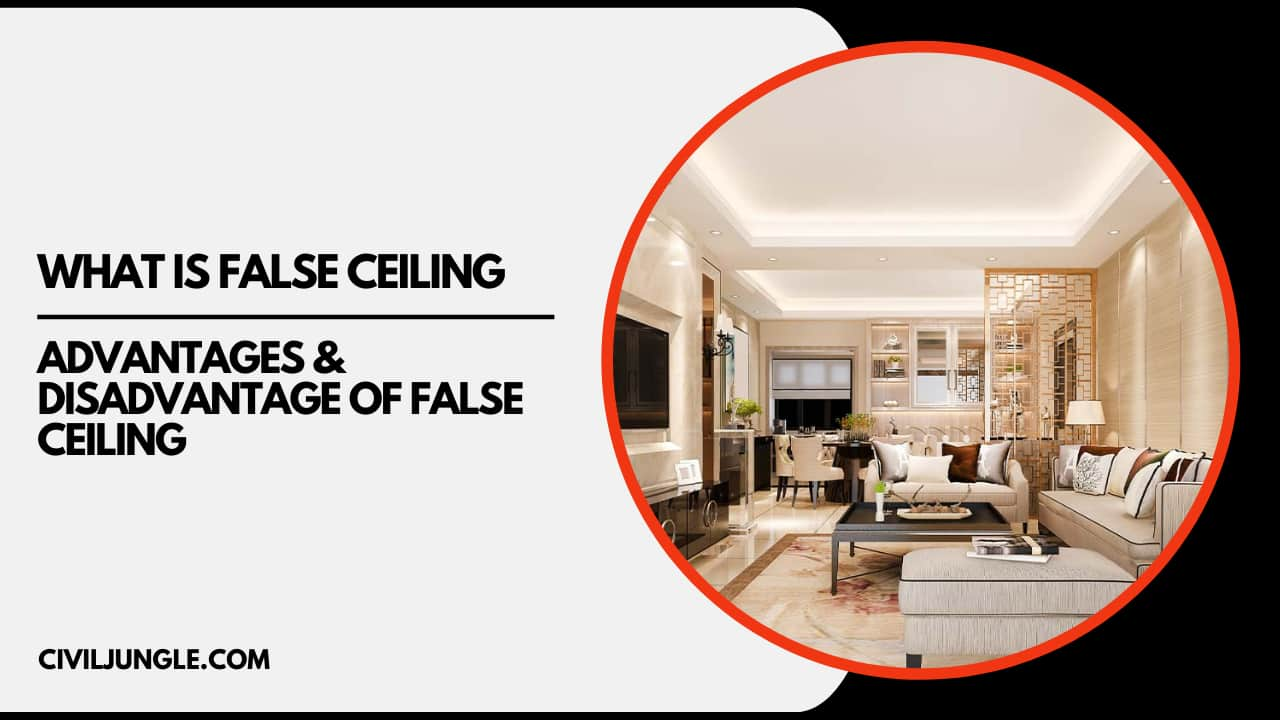
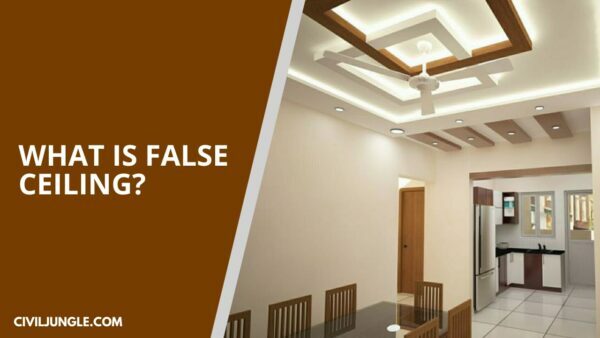
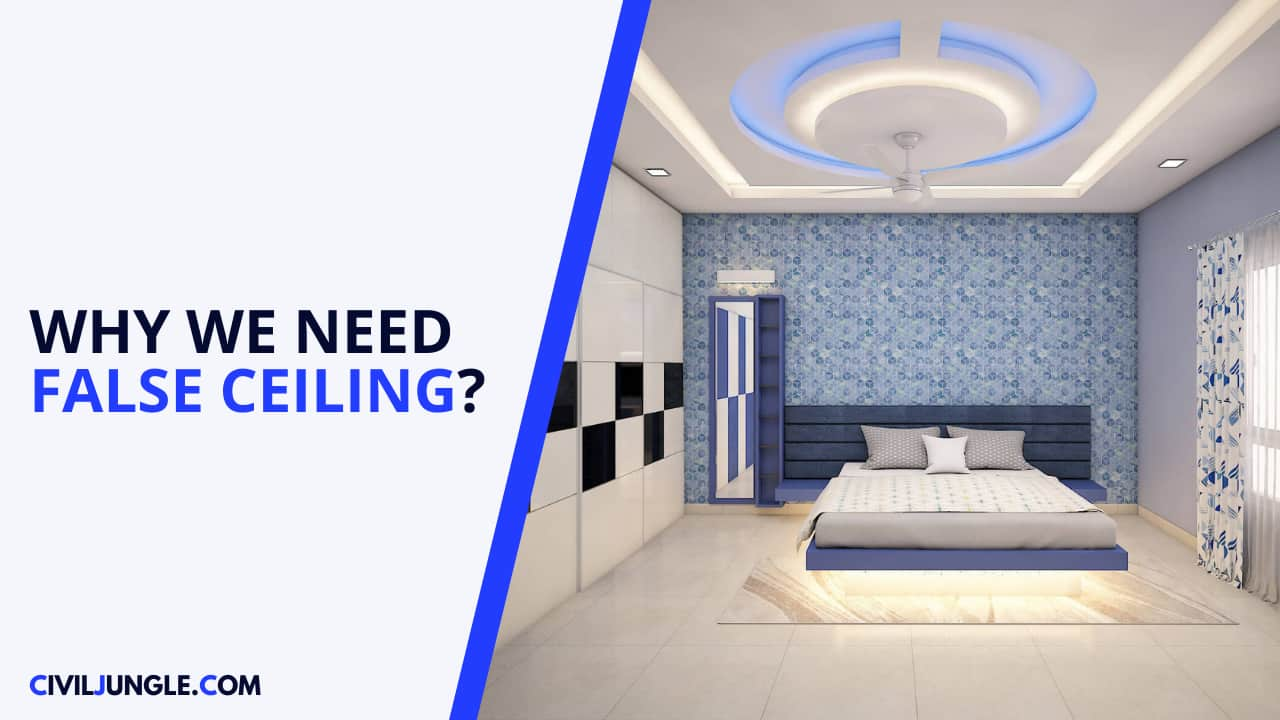
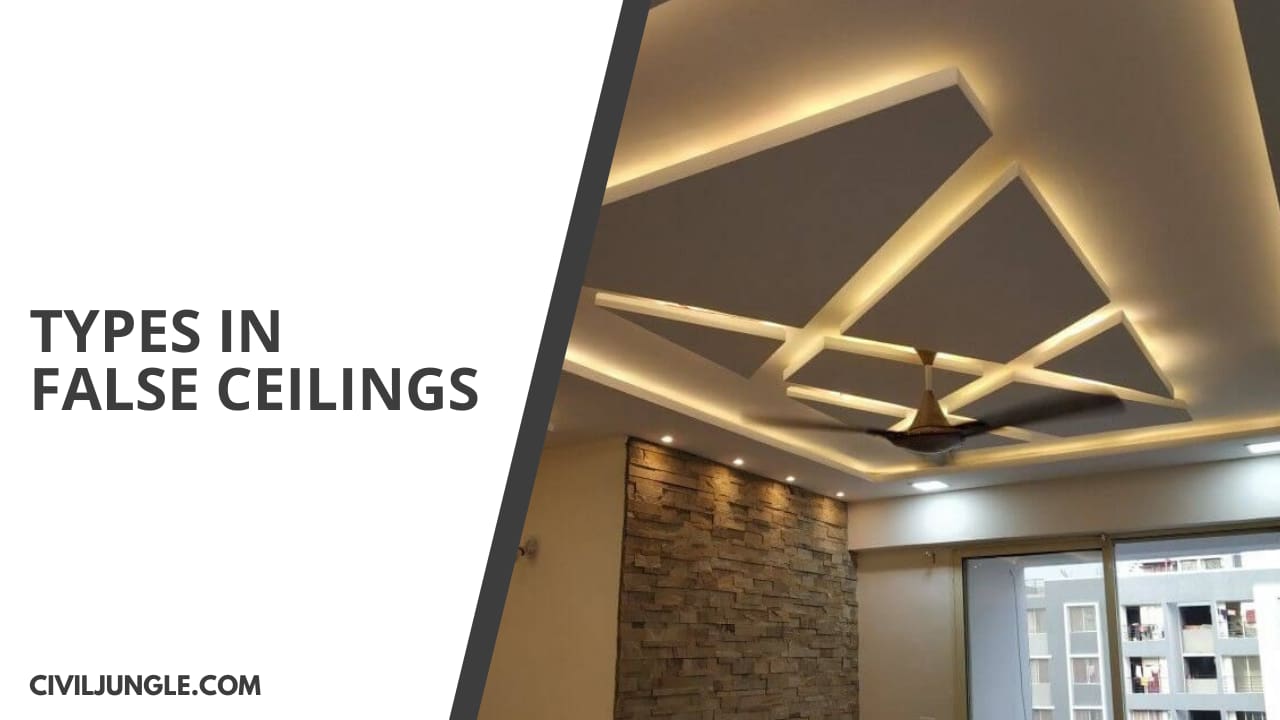
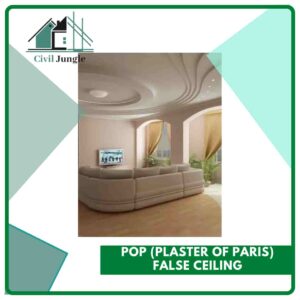
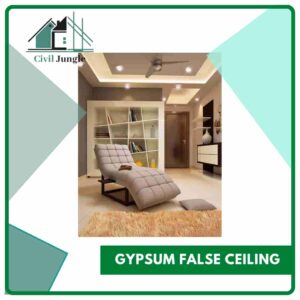
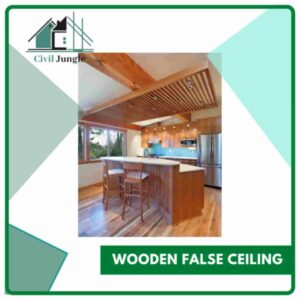
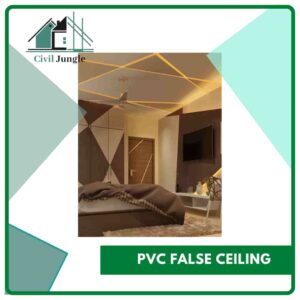
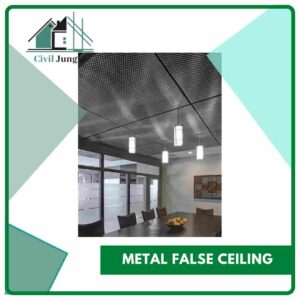
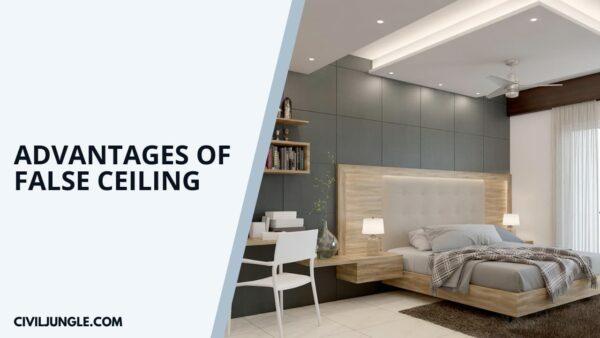
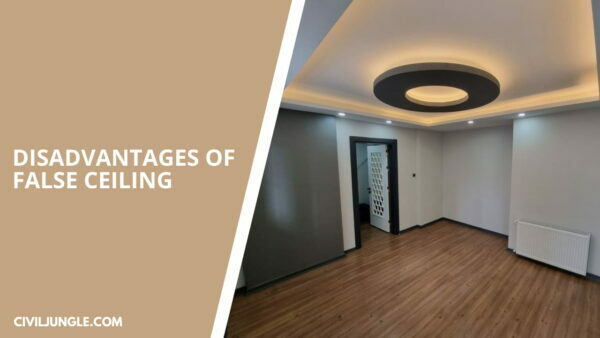
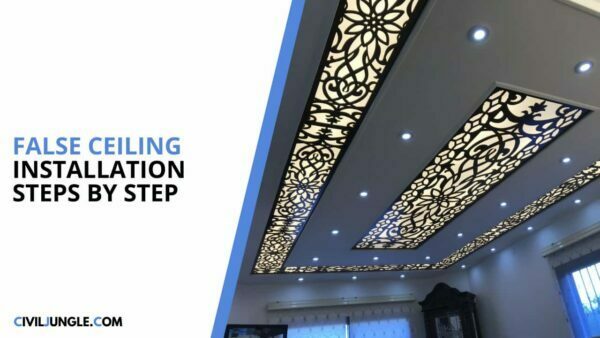

Leave a Reply